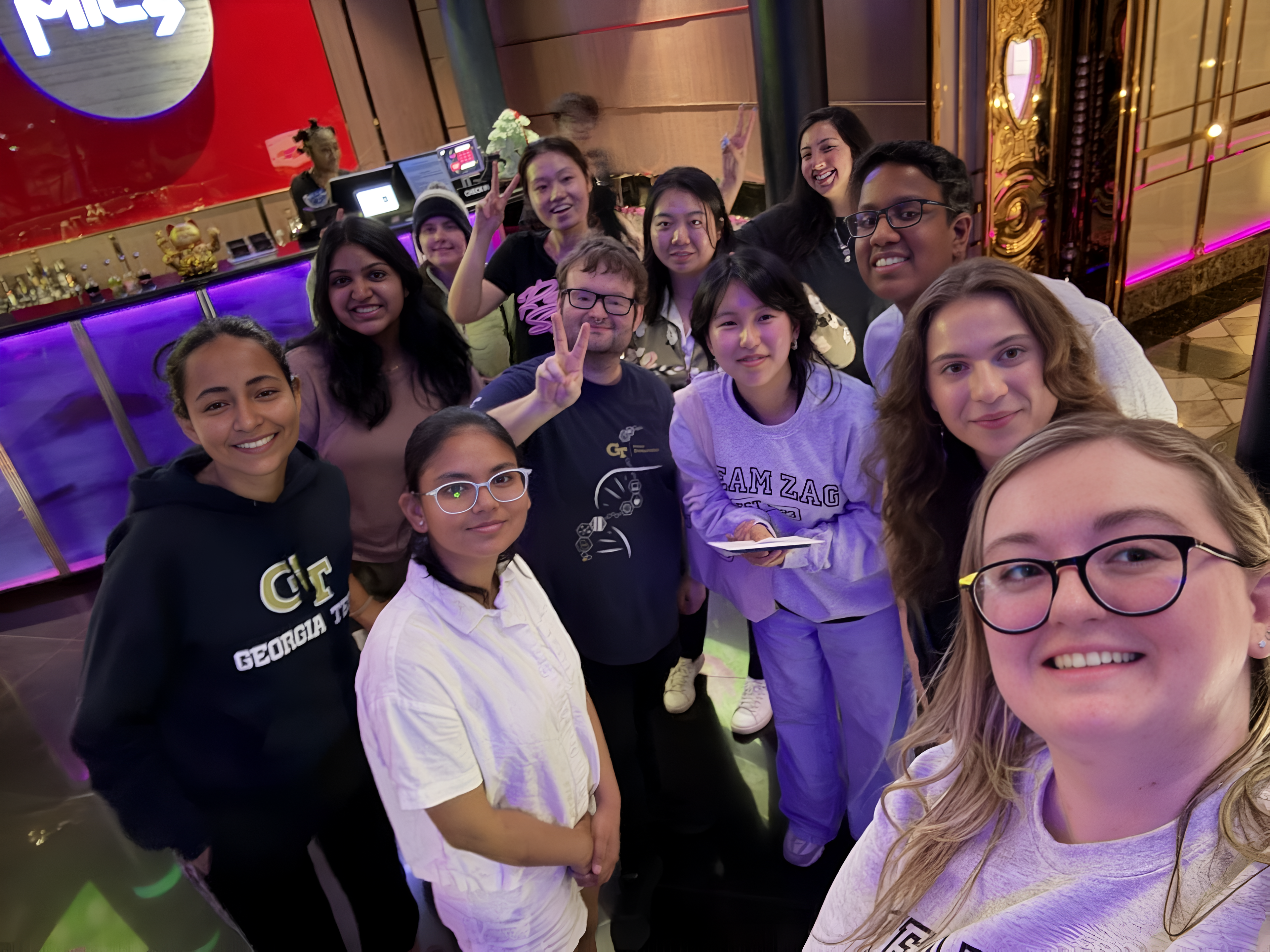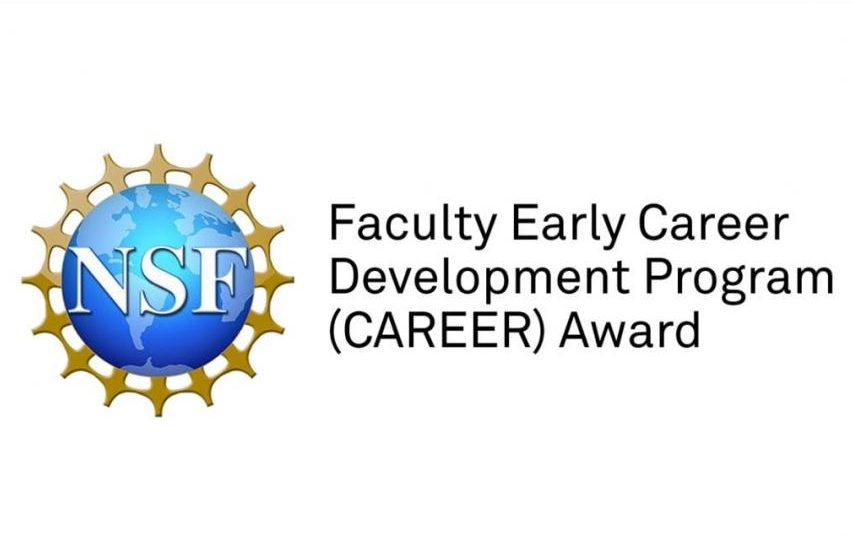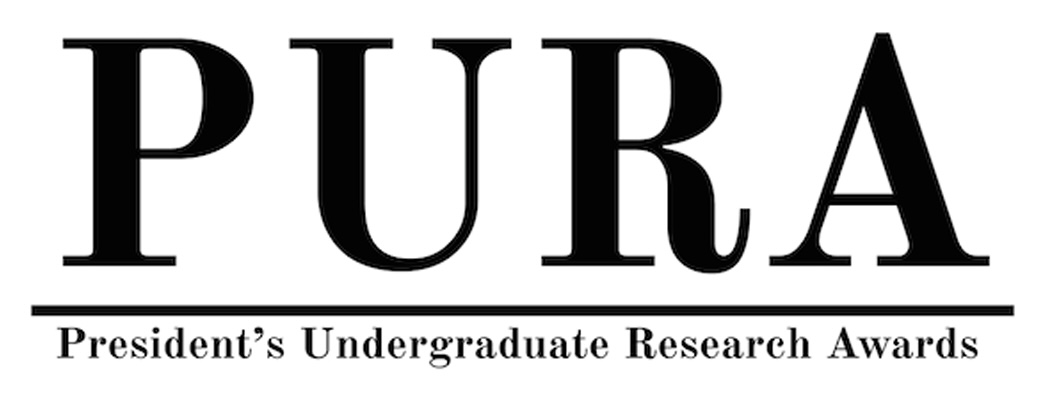




Research in our lab has a wide scope and includes:
- Structural biology: We determine atomic structures, dynamics, and functions of biomolecules with biological relevance and therapeutic potential.
- Immunological antigens: We identify and characterize antigens (peptides, small molecules, lipids) involved in adaptive and innate immune responses. In particular, we focus on antigen presentation by the major histocompatibility complex (MHC) family of proteins and their biomolecular interaction with cellular receptors, such as T cell receptors. We want to understand how antigens regulate immune responses, and also to harness the intrinsic features of antigens for therapeutics. We also study proteins with MHC-like folds, such as Zinc alpha 2-glycoprotein (ZAG).
- Lipid transfer proteins and lysosomal hydrolases: We study the structure and function of lipid transfer proteins and lysosomal hydrolases to elucidate their role in lipid trafficking/homeostasis, lipid antigen presentation, and rare lipid storage disorders.
- De novo protein design: We design new proteins that don't exist in nature. This allows us to uncover fundamental insights into the folding and interactions of biomolecules and biomolecular assemblies, while also providing avenues to novel therapeutics. We are interested in designing lipid-binding proteins, enzymes with new catalytic activity, fold-switching proteins, protein-based soft materials, biosensors, antagonists of protein-protein interactions, and more!
- Natural product biosynthesis: We seek to identify and characterize the precursor proteins and modifying enzymes involved in biosynthesis of natural products, especially ribosomally synthesized and post-translationally modified peptides (RiPPs).
We are not focused on any particular approach or technique, although we are particularly fond of solution nuclear magnetic resonance (NMR) spectroscopy. We strive to solve outstanding biological questions with relevance to basic biology, immunology, medicine, and pathology. Trainees joining our lab will gain hands on experience in biochemical/biophysical characterization of protein-protein and lipid-protein interactions (surface plasmon resonance, isothermal titration calorimetry, microscale thermophoresis, nano differential scanning fluorimetry, circular dichroism spectroscopy), structural biology (solution NMR, X-ray crystallography, cryo-electron microscopy, small angle x-ray scattering), computational biology (structure prediction, molecular dynamics simulations, molecular docking), protein design/engineering, chemical biology, and immunological assays.

We are extremely grateful to the following funding institutions and agencies:
National Science Foundation (NSF) CAREER

President's Undergraduate Research Award (PURA)

Graduate Assistance in Areas of National Need (GAANN)

Shurl and Kay Curci Foundation

Georgia Tech's School of Chemistry and Biochemistry - Start up funds
